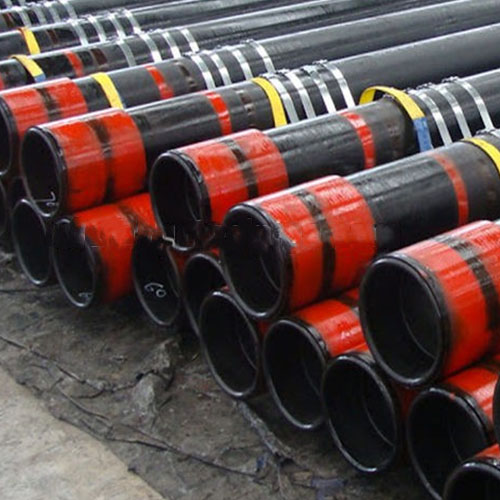Table of Contents
Understanding API Tubing Grade and Specifications
API tubing grade and specifications are crucial factors to consider when selecting tubing for oil and gas operations. The American Petroleum Institute (API) has established standards for tubing to ensure Safety, reliability, and performance in the field. Understanding these grades and specifications is essential for operators, engineers, and other professionals in the industry.

API tubing grades are classified based on their mechanical properties, chemical composition, and performance characteristics. The most common grades used in oil and gas operations are API 5CT, which covers seamless and welded casing and tubing. Within the API 5CT standard, there are different grades such as H40, J55, K55, N80, L80, C90, T95, P110, and Q125. Each grade has specific requirements for yield strength, tensile strength, and other mechanical properties.
When selecting API tubing grade, it is important to consider the specific requirements of the well, including depth, pressure, temperature, and corrosive conditions. Different grades have different capabilities and limitations, so choosing the right grade is essential to ensure the tubing can withstand the conditions it will be exposed to. For example, higher grades like P110 and Q125 are suitable for high-pressure and high-temperature wells, while lower grades like H40 and J55 are more cost-effective for less demanding applications.

In addition to grade, API tubing specifications also play a critical role in determining the performance and suitability of tubing for a particular application. API specifications cover various aspects of tubing design, manufacturing, testing, and inspection to ensure quality and consistency. These specifications include dimensions, tolerances, chemical composition, heat treatment, threading, and other requirements that must be met by manufacturers.
API tubing specifications also include testing and inspection procedures to verify the quality and integrity of the tubing. These tests may include hydrostatic testing, non-destructive testing, mechanical testing, and visual inspection to ensure that the tubing meets the specified requirements. Compliance with API specifications is essential to ensure that the tubing is safe, reliable, and fit for purpose.
In addition to API 5CT, there are other API standards that cover tubing for specific applications, such as API 5L for line pipe and API 5D for drill pipe. Each standard has its own set of requirements and specifications that must be followed to ensure the quality and performance of the tubing. Understanding these standards and their implications is essential for selecting the right tubing for a particular application.
Overall, API tubing grade and specifications are critical factors to consider when selecting tubing for oil and gas operations. By understanding the different grades, specifications, and requirements set by the API, operators can ensure that the tubing they choose is safe, reliable, and fit for purpose. Compliance with API standards is essential to ensure the quality and performance of tubing in the field, ultimately contributing to the success and efficiency of oil and gas operations.

